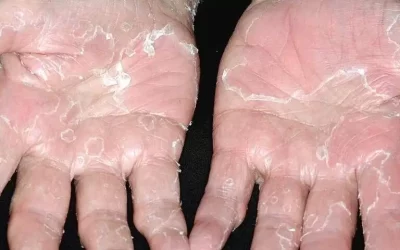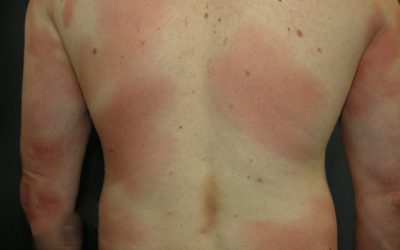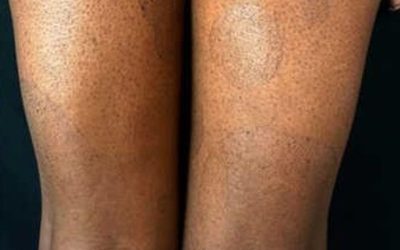Androgenic hair loss
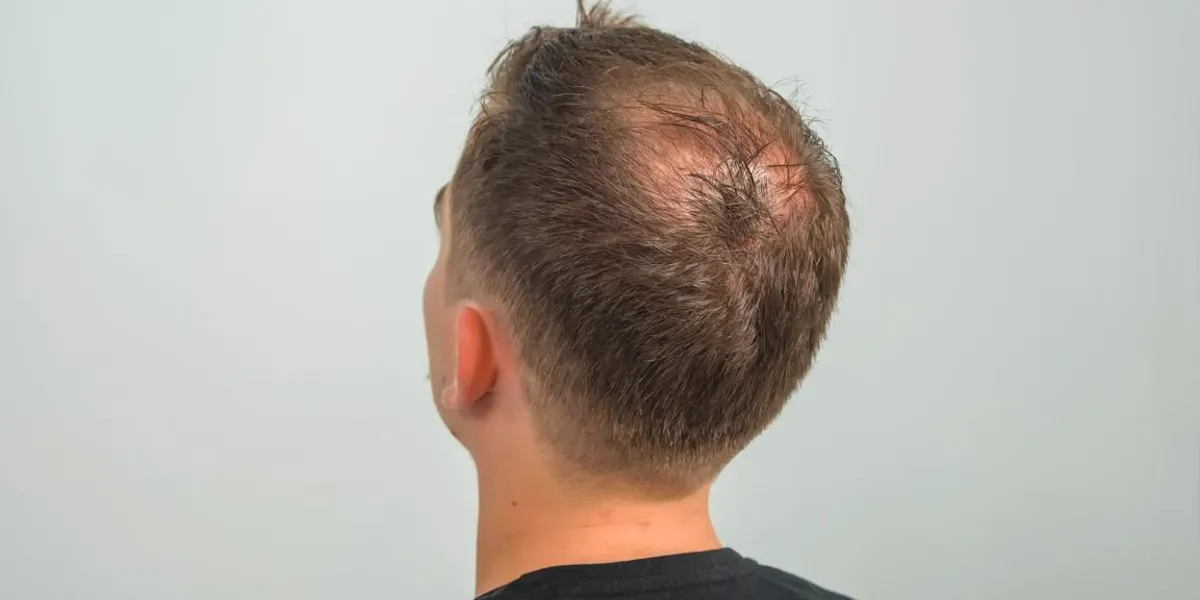
- Affects over 50% of men and women
- Prevalence increases with age
- A connection with heredity has been established
- More often affects representatives of the white race
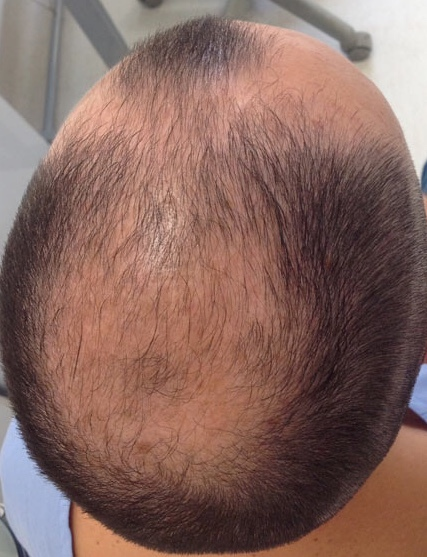

Androgenic hair loss in men occurs:
- gradual hair thinning, loss
- completely bare areas appear
- localization: frontal part of the scalp, “crown” area
Women experience:
- more diffuse hair loss
- completely bare areas rarely occur
- the most hair loss occurs in the central part of the scalp
- does not affect the frontal hairline
Diagnostics
The patient’s examination and survey data are usually sufficient to establish the diagnosis. It is important to pay attention to the family history of the disease.
Treatment
During the consultation, the doctor customizes the most appropriate treatment plan for each individual. The approach may include:
Medications:
- Different treatments are available depending on the patient’s gender, involving topical applications or oral medications.
Surgical Options:
- Various surgical methods may be explored. Laser Treatments:
- Procedures involving laser technology. Platelet-Rich Plasma (PRP)
Therapy:
- Injections that utilize plasma enriched with platelets

Peeling skin syndrome
Peeling skin syndrome is a genetic disorder characterized by constant peeling of the skin. The disease appears from birth or in the first year of life
lasts a lifetime
Mycosis Fungoides
The most common primary skin T-cell lymphoma (cancer of the blood). Mycosis Fungoides is characterized by three main stages, several of which may exist at the same time
Paraneoplastic dermatological manifestation of gastrointestinal malignancies
rare disorders resulting from the immune system’s response to a cancerous process (neoplasia) in the body. Gastrointestinal neoplasms more often cause paraneoplastic syndromes affecting the skin.
iDerma
MB iDerma
Fabijoniškių g. 99, Vilnius
+370 670 70822
info@iderma.lt

